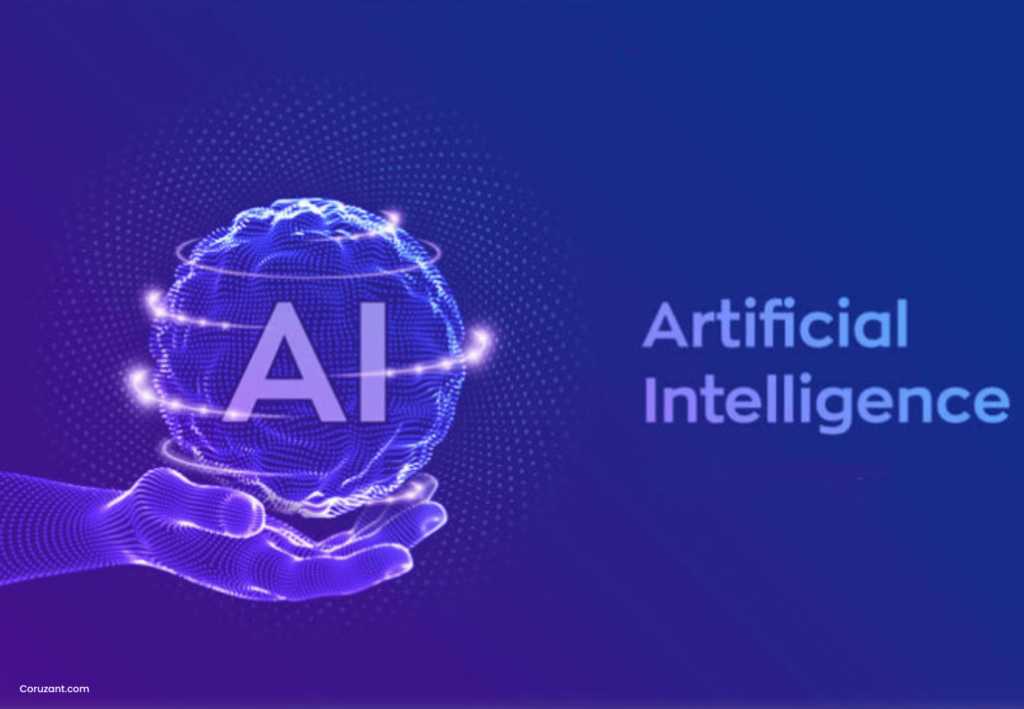As A.I. continues to improve, businesses that choose to leverage the technology can save time and money while improving operations.
Artificial intelligence is a hot topic these days, as journalists, tech experts, and policymakers have put the technology in the spotlight. With models like ChatGPT, Bard, and Midjourney revolutionizing how people create art, texts, and code, it’s hard to say if this is just another hype cycle or truly an inflection point.
My opinion on A.I. is public knowledge, as I wrote about it almost two years ago. I stand by my prediction. Not only do I think there is no reason to fear A.I. but I believe businesses should embrace it, especially to reduce costs. Let me tell you how you can do that (without firing anyone).
1. Optimize Outsourcing
No matter what service or product your startup or business offers, you will find yourself outsourcing at some point. As your business grows, so will the importance of any inefficiency in your outsourcing process, something you will eventually notice. Unfortunately, finding and solving these inefficiencies can be expensive and quite consuming.
The good news is that A.I. is already solving this issue for businesses in different industries. Founded by Rhonda Dibach, HeyScottie does this by facilitating the outsourcing of finishing services through its automatic pricing engine technology. The platform is able to do this by using A.I. to evaluate millions of entries in a matter of minutes, finding the best fit for its users’ business using machine learning.
To reduce costs through A.I.-optimized outsourcing, you can start by identifying which areas of your business are already or could be outsourced. Once you have done so, looking for existing A.I.-powered platforms for these areas should be an easy task. However, in the unlikely event that no such platform exists, hiring an A.I.-focused developer or outsourcing the job of implementing a customized machine-learning solution can prove profitable in the long run.
2. Accelerate Reskilling
I’m a firm believer that closing the skill gap is essential for any business to succeed. Not only can doing so help you prepare for the worst-case scenario, it can also improve teamwork and foster innovation. Unfortunately, measuring the return on investment and tracking the progress of upskilling and reskilling efforts can be quite tricky.
Founded by Bhakti Vithalan, BigSpring‘s work readiness platform makes use of A.I. to help employers and workers align their goals while mutually benefiting from upskilling efforts. The platform uses A.I. to offer a personalized coaching experience, detecting which areas a user would benefit from improving the most to remain employable in the long term. It also provides a means for employers to evaluate workers’ skills and estimate their return on investment.
To accelerate your reskilling efforts, try leveraging A.I. to personalize your employees’ learning experiences. Using A.I. gap-assessment tools is a way to do this after you have identified critical skills to future-proof your workforce.
3. Streamline Overcomplicated Processes
Streamlining processes is what A.I. is all about. Using it to find overcomplicated processes within your business and allow your team to work more efficiently is a great way to reduce costs. If your team is able to focus on what matters, your costs will be reduced in the long term. Streamlining a process can be anything from automating data collection to optimizing supply chain logistics
Founded by Ahmed Reza, Yobi is a startup that is using A.I. to streamline communication between clients and businesses. Not only does its platform unify communication channels, it also automates sentiment analysis, syncing, alerts, and integration. That makes it easy for businesses to manage their communication while reducing workload, which allows them to focus on quality over quantity.
A.I. is all about making processes easier, so automation and streamlining are areas where it excels. Generative A.I. like ChatGPT has made it easy to generate simple scripts for a variety of tools like AutoHotKey, which can result in powerful automation accessible to anyone. However, depending on the task you want to automate, finding an appropriate platform or hiring a developer to create in-house tools might be the best bet.
There are many ways in which the power of A.I. can be harnessed to reduce costs and make life easier for business owners and employees alike. It’s a powerful tool, and the limitations are based mostly on creativity at this point. Whether you choose to use existing A.I.-powered platforms or to invest in having personalized tools developed, A.I. cannot be ignored.



